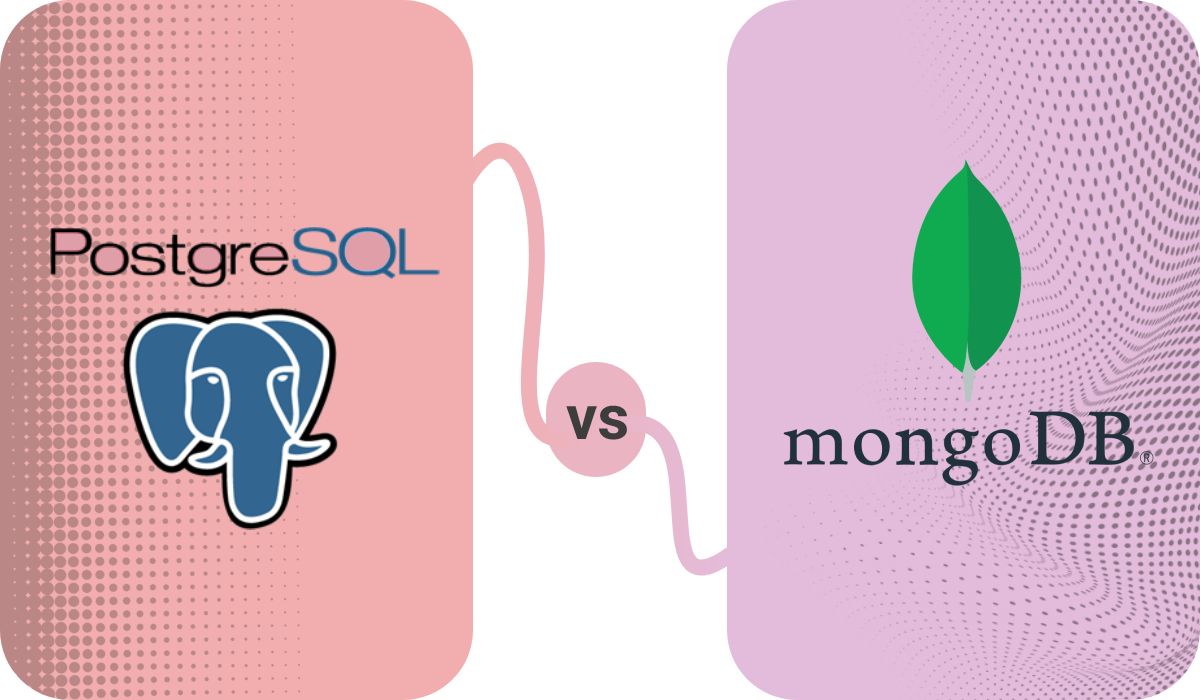
Yet, you’ll see we try to keep our analysis as fair as possible, trying multiple approaches of storing time-series data in MongoDB. Post on Quora, the popular Q&A platform, about the best way to store time-series data in MongoDB.īut, is MongoDB really the right solution for time-series data? We decided to evaluate it for ourselves, with the obvious caveat that we are the creators of a competing product.
NOSQL VS POSTGRESQL HOW TO
Post on dev.to about how to implement time-series in MongoDB.
NOSQL VS POSTGRESQL SERIES
Part 2 of a series on storing time-series data in MongoDB on the official MongoDB blog. Here are a few examples of posts we’ve found on the topic of storing time-series data in MongoDB, with sources ranging from the official MongoDB blog, to popular technical how-to sites, like Dev.to and Quora: But, over the years, developers have started using MongoDB to fill all sorts of database needs across a variety of domains, including using MongoDB to store and analyze time-series data, at scale. MongoDB grew in popularity as a simple document store for quickly prototyping and easily scaling web apps. MongoDB is among the best-known NoSQL databases, emerging at the end of the last decade to become the face of NoSQL and the foundation of a nearly $21 billion company (as of writing). We’ve shown previously that SQL and relational databases can reach petabyte-scale and beyond, but many developers' first inclination still goes to using a NoSQL database for their time-series data when scale is a requirement (perhaps due to the breakthroughs made by NoSQL databases in the early 2000s?)Įnter MongoDB as a time-series solution. Data accumulates quickly and requires a database that can keep up with a relentless stream of data from the systems you care about.


The biggest challenge with storing time-series data? Scale, both in collecting data and storing it. But 2020 has provided us with the most personal example of how time-series data collection and analysis affects our daily lives, with billions of people across the globe becoming relentless consumers of time-series data, demanding accurate and timely information about the daily trend of various COVID-19 statistics. Time-series data has exploded in popularity, and the value of tracking and analyzing how things change over time has become evident in every industry: DevOps and IT monitoring, industrial manufacturing, financial trading and risk management, sensor data, ad tech, application eventing, smart home systems, autonomous vehicles, and more. Note: This study was originally published in May 2018 and updated in December 2020. 260% higher insert performance, up to 54x faster queries, and simpler implementation when using TimescaleDB vs.


 0 kommentar(er)
0 kommentar(er)
